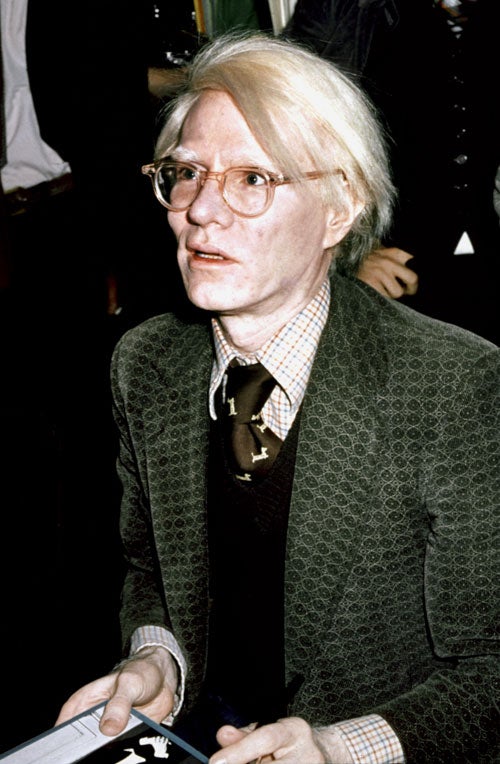The $100m Warhol
Unique print projects pop artist into top-10 sellers list

In his rough cowboy gear, gun drawn, Elvis Presley is captured in the picture at his physical peak. Andy Warhol could easily have been forgiven for wanting to duplicate it.
The unusual thing about this Warhol, however, is that it is unique. Unlike the artist's other screen prints – which were run off, sometimes in hundreds of editions – he only made one of the work he called Eight Elvises.
This is why an unknown buyer has been persuaded to part with $100m (£60.5m) – in the depths of a recession – to buy the work in a private sale. It catapults Warhol straight into the top 10 list of the most expensive artists of all time.
An auction price of $43.8m (£26.5m) for his 200 One Dollar Bills in New York earlier this month confirms the once-controversial artist as the new Picasso; the marquee name in the art market and the most influential post war artist.
Although the sale of Eight Elvises was completed last year, details have only just emerged after a year-long investigation by the art writer Sarah Thornton, who published her findings in this week's Economist.
The picture, a 12ft canvas, has not been seen in public since it was exhibited in Los Angeles in 1963 as part of a much larger, 37ft canvas with 16 Elvises on it. Warhol had sent the screen prints for the work in several rolls. When that massive work was dismantled, Eight Elvises went back to being one distinct piece.
In the late 1960s, the work was sold to Annibale Berlingieri, an Italian collector, who never loaned it out despite several requests.
Warhol's body of work is huge. In all, he produced some 10,000 works between 1961, when he gave up graphic design, and 1987, when he died suddenly at the age of 58. Since 2002, he has consistently been one of the three most bought and sold artists. At the height of the art market boom, in 2007, auction sales of his work totaled $428m, the highest turnover of any artist.
"The remarkable thing about this painting is that it is a unique work," Ms Thornton said. "There are double and triple Elvises. But only one Eight Elvises, and he did hundreds of Jacqui Kennedy's, for example. It is exquisite. The way the eight Elvises overlap make it a remarkable work."
Although there is no doubt about the sale, the buyer remains a mystery, she said. There are, however, only a few individuals who would be able to afford such a work, and it is likely the new owner comes from the Middle East and is looking to invest in something more durable than property.
"It is a shocking amount of money," Ms Thornton said. "Warhol is now the marquee artist. If you look at the other artistic stars such as Damien Hirst, Richard Prince, Jeff Koons and Takashi Murakami, none of them would make sense without Warhol."
Join our commenting forum
Join thought-provoking conversations, follow other Independent readers and see their replies
Comments
Bookmark popover
Removed from bookmarks